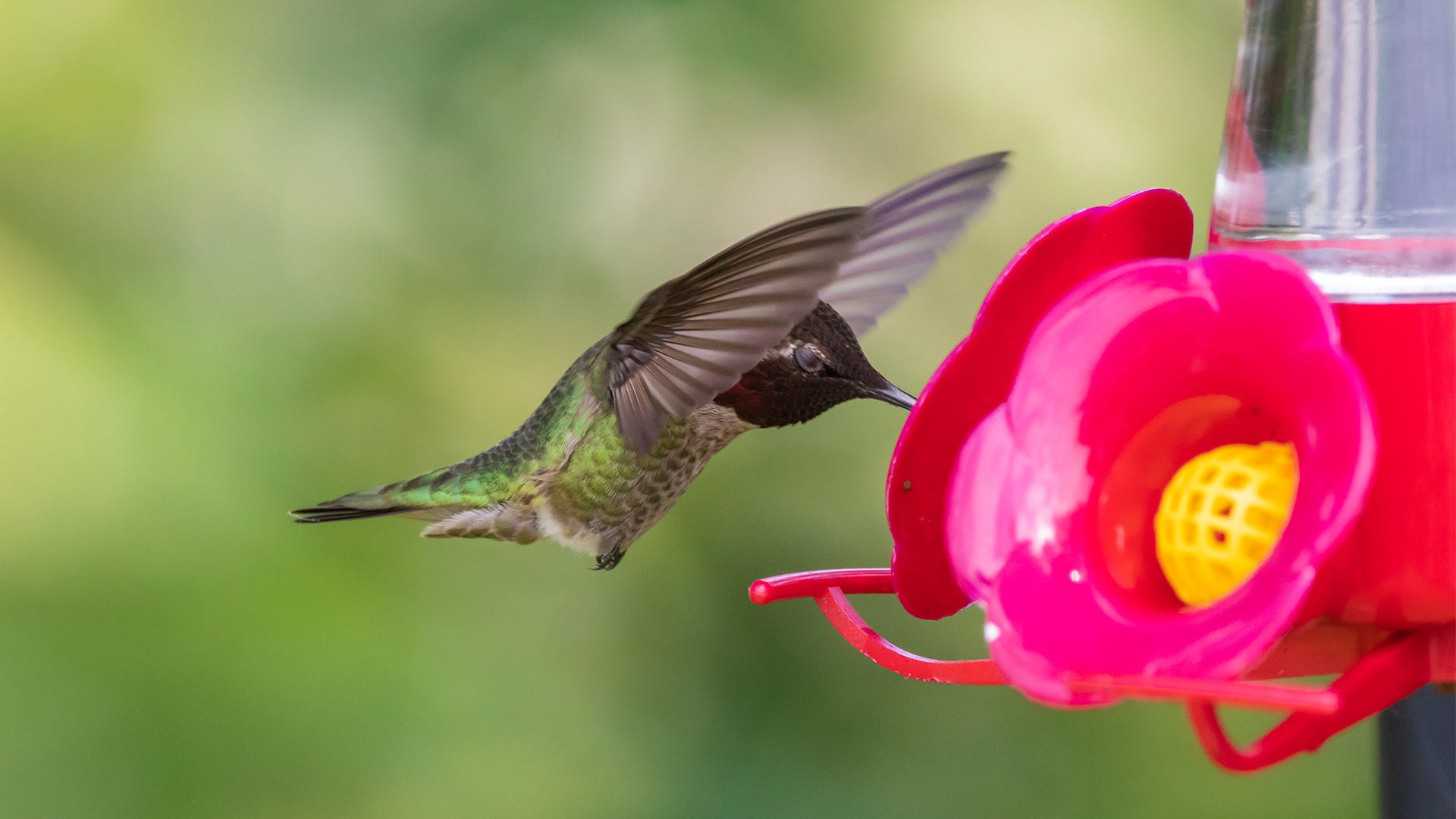
Attracting hummingbirds to your yard with a Perky-Pet® hummingbird feeder is a wonderful experience. You’ll spend hours enjoying the sight of hummers as they dart around your yard and hover at your feeder for some tasty nectar.
But by tempting the tiny creatures into your yard, it’s also important that you do what you can to protect them from dangers that you or the world around them have created. Hummingbird safety should be on the top of your mind.
1. Limit Pesticide Use
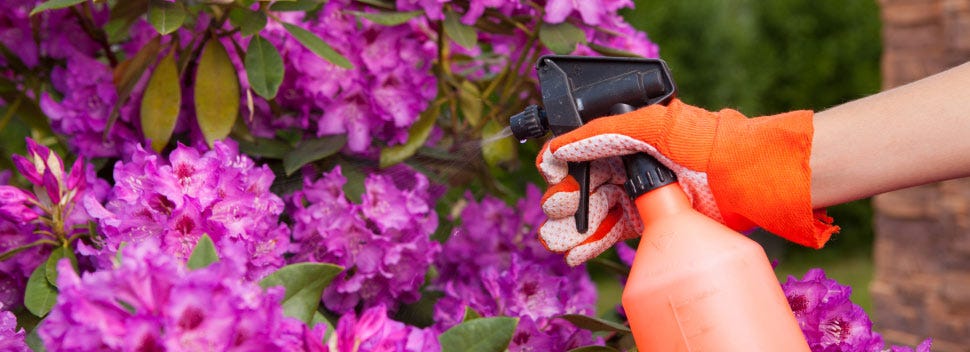
Just like any animal, hummingbirds are vulnerable to ingesting and absorbing pesticides.
If you use chemicals to control insects or weeds, make sure you do it in a way that won’t hurt your little guests.
- Avoid spraying near open sources of water or near your hummingbird feeder.
- Don’t use chemicals on flowers and plants that hummingbirds may use for additional food sources.
- Use a non-chemical method for fighting pests.
2. Position Your Hummingbird Feeders to Avoid Predators
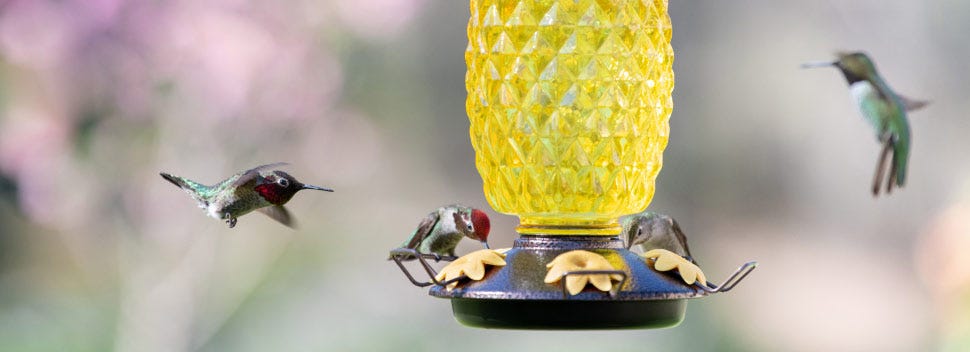 Hummingbirds are vulnerable to predators, just like any other creature. A little hummer makes for a tasty snack for cats, birds of prey and anything else fast enough to snatch one from the sky.
Hummingbirds are vulnerable to predators, just like any other creature. A little hummer makes for a tasty snack for cats, birds of prey and anything else fast enough to snatch one from the sky.
That’s why it’s important to post a hummingbird feeder near some sort of tree or bush – we suggest you provide shelter within 15 feet of a feeder. When the hummingbird senses danger, it’s just a short flight to some cover.
You also want to keep your hummingbird feeder four or more feet off the ground. That will reduce the chances a cat or dog can snap one right off the feeder.
3. Change Hummingbird Food Regularly
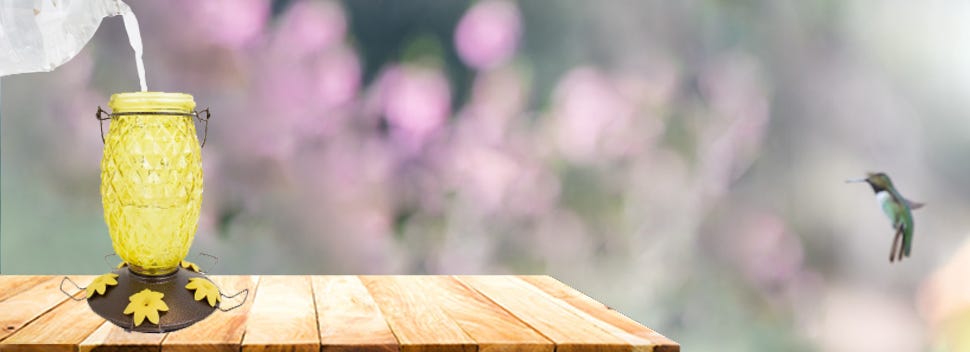
Whether it’s a Perky-Pet® formula or a simple 20% sugar solution, your nectar can go bad quickly when it’s too hot. Likewise, any mix that’s left out for too long, even in mild weather, will spoil. During hot weather, you should plan to change the nectar supply every two days. Otherwise, change it every week. Luckily, we offer Top-Fill Hummingbird Feeders that make it easier than ever to empty, clean, and refill with fresh hummingbird food!
4. Know What to do with Windows
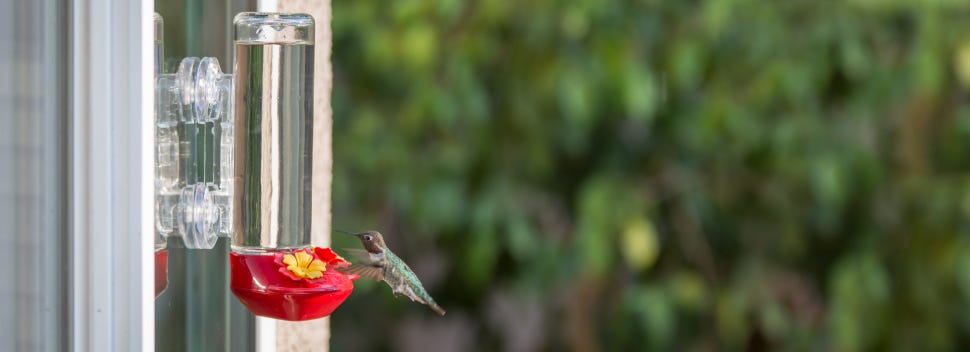 Even more than other birds, hummingbirds are particularly vulnerable to collisions with windows. Often such impacts are fatal to hummingbirds.
Even more than other birds, hummingbirds are particularly vulnerable to collisions with windows. Often such impacts are fatal to hummingbirds.
Why do birds fly straight at a window? In most cases, they’re confused by the reflection in a window – they see trees or an open sky and think it’s safe to fly there. To protect hummingbirds from such collisions, make sure your feeders are 15 to 20 feet from any window. Doing so greatly reduces the chance they’ll take that particular route.
If you have a window feeder for hummingbirds, that’s great. The feeder should entice them to slow down and investigate rather than speed along.
Finally, you can apply some leaf-shaped window clings to your windows. These should help alert birds of an upcoming obstacle.
5. Set a Cleaning Routine
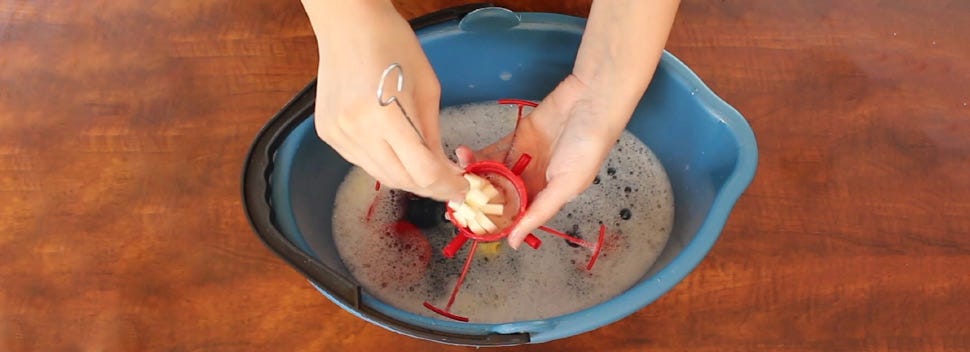
It’s important for you to keep your hummingbird feeder clean. Once bacteria starts growing inside a feeder simply emptying it isn’t enough to destroy those germs. It needs a thorough cleaning with a mini mop and hot soapy water. Rinse well and make sure no soapy residue is left inside.
Following these guidelines won’t make your hummingbirds 100 percent safe, but it’s another step toward keeping these charismatic creatures happy and healthy.







